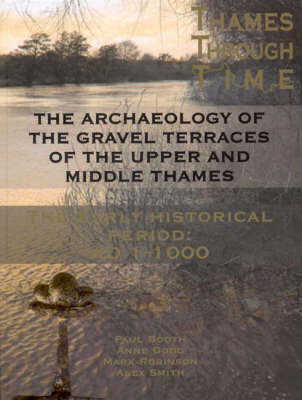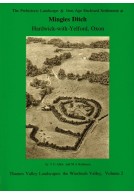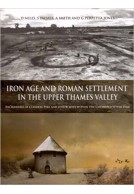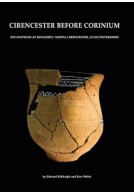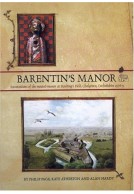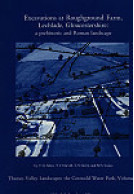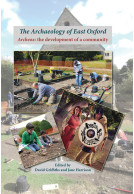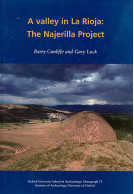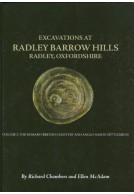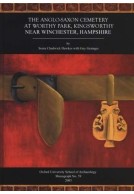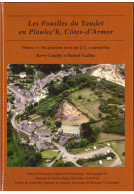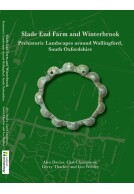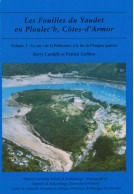The Archaeology of the Gravel Terraces of the Upper and Middle Thames (Hardback)
The Early Historical Period: AD1-1000
Imprint: Oxford University School of Archaeology
Series: Thames Valley Landscapes Monograph
Pages: 470
Illustrations: b/w and col illus t/out
ISBN: 9780954962753
Published: 12th April 2007
Script Academic & Professional
Series: Thames Valley Landscapes Monograph
Pages: 470
Illustrations: b/w and col illus t/out
ISBN: 9780954962753
Published: 12th April 2007
Script Academic & Professional
You'll be £14.95 closer to your next £10.00 credit when you purchase The Archaeology of the Gravel Terraces of the Upper and Middle Thames. What's this?
+£4.99 UK Delivery or free UK delivery if order is over £40
(click here for international delivery rates)
Order within the next 11 hours, 23 minutes to get your order processed the next working day!
Need a currency converter? Check XE.com for live rates
(click here for international delivery rates)
Order within the next 11 hours, 23 minutes to get your order processed the next working day!
Need a currency converter? Check XE.com for live rates
The gravel terraces of the river Thames have revealed a wealth of archaeological information about the evolution of the landscape of the region, the development of the settlement pattern, and past human occupation. Much of this has come to light in the course of gravel quarrying, which has been so extensive that the Thames Valley now provides one of the richest resources of archaeological data in the country. This volume provides an up to date overview of the archaeological evidence from the valley for the late Iron Age, Roman and Anglo-Saxon periods, broadly speaking the first millennium AD. The area studied in detail comprises the Upper Thames Valley, from the source of the river to the Goring Gap, and the Middle Thames Valley, from the Goring Gap to the start of the tidal zone at Teddington Lock. A summary of evidence for the character of the river and the vegetation and environment of its floodplain is followed by a detailed account of the evolving settlement pattern as currently understood from archaeological evidence. The authors then consider what archaeology can reveal about the late Iron Age, Roman and Anglo-Saxon populations of the valley, and their changing lifestyles, culture, identities and beliefs. This is followed by a review of the evidence for production, trade, transport and communication, and the archaeology of power and politics. The volume concludes with a discussion of the state of knowledge today and its limitations, and emerging themes and problem areas for future research.
Other titles in the series...
Other titles in Oxford University School of Archaeology...







